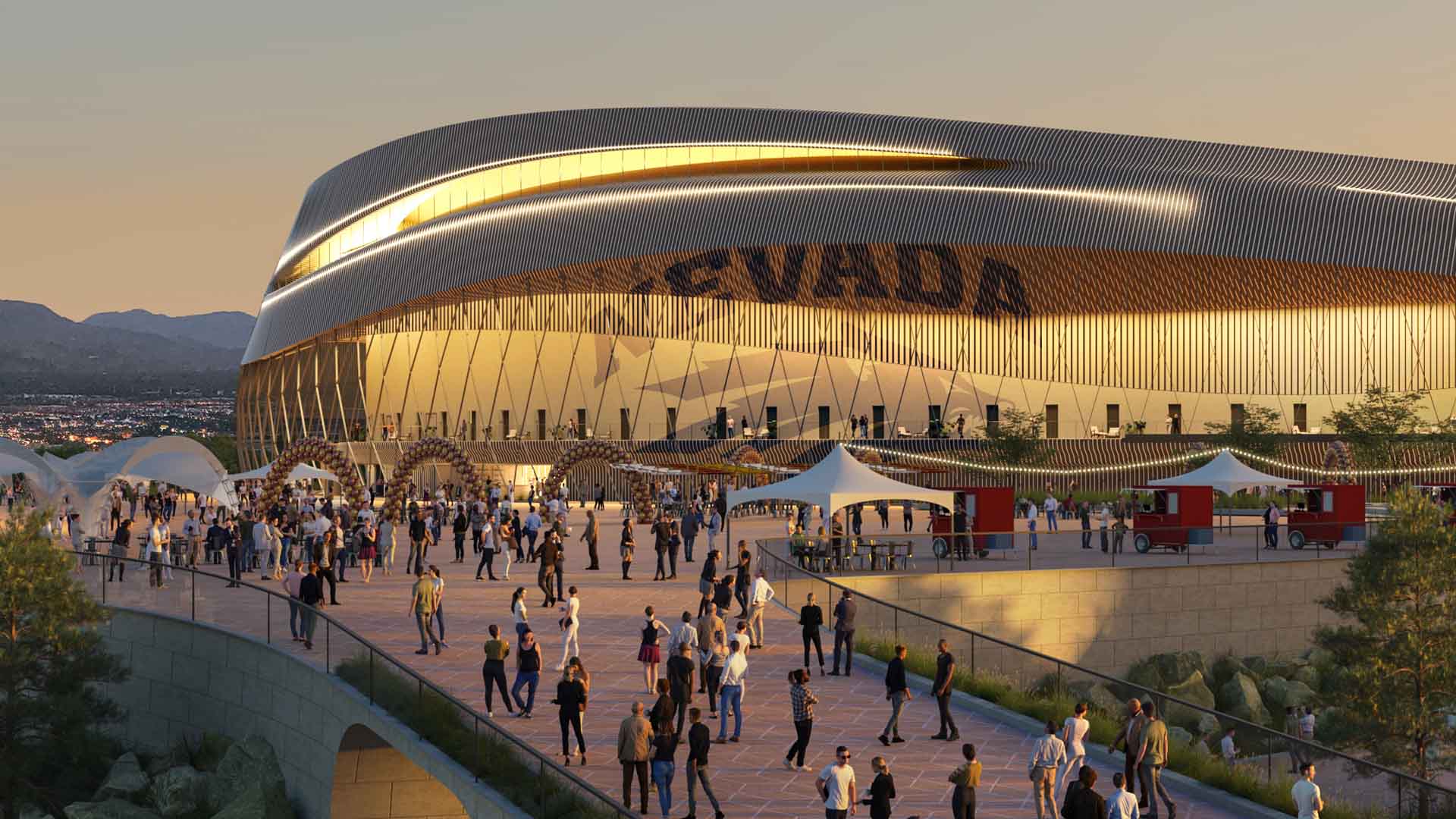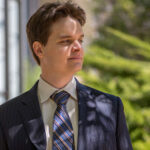It’s official: Reno’s not a football town anymore

There are two truths longtime residents of Reno will largely agree upon.
The first truth longtime residents will agree upon is that, if Reno has a primary sports allegiance, it's to the University of Nevada, Reno’s football team (The Nevada Independent isn’t sports media so I’ll be using the university’s preferred appellation instead of just “Nevada”). College Football Hall of Fame coach Chris Ault spent several decades trying to build a football powerhouse on the dry side of the Sierras and, by any reasonable measure, that effort paid off. His teams reached the Division I-AA (what would now be called the Football Championship Subdivision) several times and, in 1990, even played for the national championship. Of the 22 games he coached against the University’s hated rival in Las Vegas, his teams won 16 of them, propelling the Wolf Pack to 29-19 all-time lead against the Rebels on the gridiron (yes, I know).
Even after the Wolf Pack joined Division I-A, or what is now called the Football Bowl Subdivision, the Wolf Pack was consistently decent. Ault’s Wolf Pack won the conference championship during its first year in Division I-A in 1992. More recently, over the past 20 years, the Wolf Pack earned the opportunity to play in postseason bowl games in 14 of those years.
UNLV’s football team, by comparison, played in exactly one bowl game during that same stretch.
The football team even sometimes attracted NFL-caliber players, including Nate Burleson and Colin Kaepernick. Kaepernick played in a Super Bowl, among other things. You might have heard of him.
The second truth longtime Reno residents will agree upon is that, when someone shows up in town with a plan to build big, they’re probably full of male bovine excrement. Failed projects are common enough for the local newspaper to turn some of the more noteworthy ones into a listicle, though the Reno Gazette-Journal’s list barely scratches the surface.
There was the Tessera District, which promised to remake downtown Reno — all that came of it over a decade later was a single student housing project.
There was the West 2nd District, which was supposed to drop $1.2 billion on to the western edge of downtown Reno. Unfortunately, the project was announced before the developers bought the necessary parcels from the existing property owners. The price of the parcels immediately jumped and the developer either ran out of money or ran out of interest — either way, nothing ever came of it.
Even now, Jacobs Entertainment, which purchased the Sands a few years back, has promised for years to convert its neighborhood into the Reno Neon Line District (it’s always a district, isn’t it?). So far, all that’s come of that project is the demolition of several nearby motels, followed by the installation of some Burning Man-inspired art on the empty lots left behind.
In the context of those two truths, then, the Grand Sierra Resort’s recent announcement that it will build a $400 million 10,600-seat basketball arena would ordinarily merit some skepticism.
A $400 million basketball arena? In football-worshiping Reno? In this economy? In any economy?
The trouble is, the way we see ourselves and our community doesn’t always align with who we really are.
For example, yes, Reno’s hosted a better-than-average college football team for several decades, but it’s not because Reno’s demonstrated much affection or support for its college football team. The team has never attracted more than 150,000 fans in a single season and is always consistently toward the bottom of its conference in average attendance. The team has also always been chronically underfunded compared to its peers and has been practically panhandling for an indoor practice facility for over two decades now — a necessity in a town where wildfire smoke and winter snow are regular seasonal occurrences. Fifty-nine-year-old Mackay Stadium is the second-oldest facility used by any of the University’s athletic programs and, $14 million face-lift and reinstallation of artificial turf aside, it shows in the worst possible ways.
Did I mention that the football team’s current 15-game losing streak is the longest in the nation? If it loses two more games, it will recreate the 17-game losing streak the Rebels put together in the late 1990s — and, since one of those games will have to be lost to UNLV, the Fremont Cannon will remain red.
The University’s men’s basketball team, on the other hand, is a different story. It’s attracted more than 150,000 total fans to its home games in two seasonstwice — once in 2005-06 and once in 2018-19. Even during a mediocre year, home attendance is comfortably in the top half of the conference. Unlike the football team, the men’s basketball team already has some of the best facilities in the conference, including an indoor practice facility and a soon-to-be completed players lounge.
Stated preferences always lose to meet demonstrated preferences. Reno’s college sports fans may state they care about football, but when it comes time to demonstrate where their loyalties actually lie, they’re much more willing to open their wallets for basketball.
Meanwhile, contrary to the belief of some jaded longtime residents, it’s always been possible to build big in Reno — especially if you have the University of Nevada, Reno brand attached to your construction project. With a blue “N” on your development, you have the juice to rewrite local zoning codes, move century-old houses and build pretty much whatever the University thinks it needs. The result is a university skyline that, unlike its host city, has been noticeably changing each year — and fast.
Put the two ingredients together and there’s a chance — not a sure thing, but a chance — that the Grand Sierra Resort might just build a $400 million privately funded basketball arena in Reno. The real estate is already there, as is the necessary zoning and infrastructure. Moving the men’s basketball team to a facility directly next to two freeway offramps would certainly reduce some headaches for both the University and the city. As long as the money is there and the project pencils out — you can do a lot more with an indoor basketball arena than you can with a creaky outdoor football stadium — there’s a chance.
Because, contrary to what some of its residents might think, Reno hasn’t been a football town where nothing gets built for at least a decade. Reno is instead a basketball town — a basketball town where it just might actually make sense to build a $400 million arena.
Maybe.
David Colborne ran for public office twice. He is now an IT manager, the father of two sons, and a weekly opinion columnist for The Nevada Independent. You can follow him on Mastodon @[email protected], on Bluesky @davidcolborne.bsky.social or email him at [email protected].
